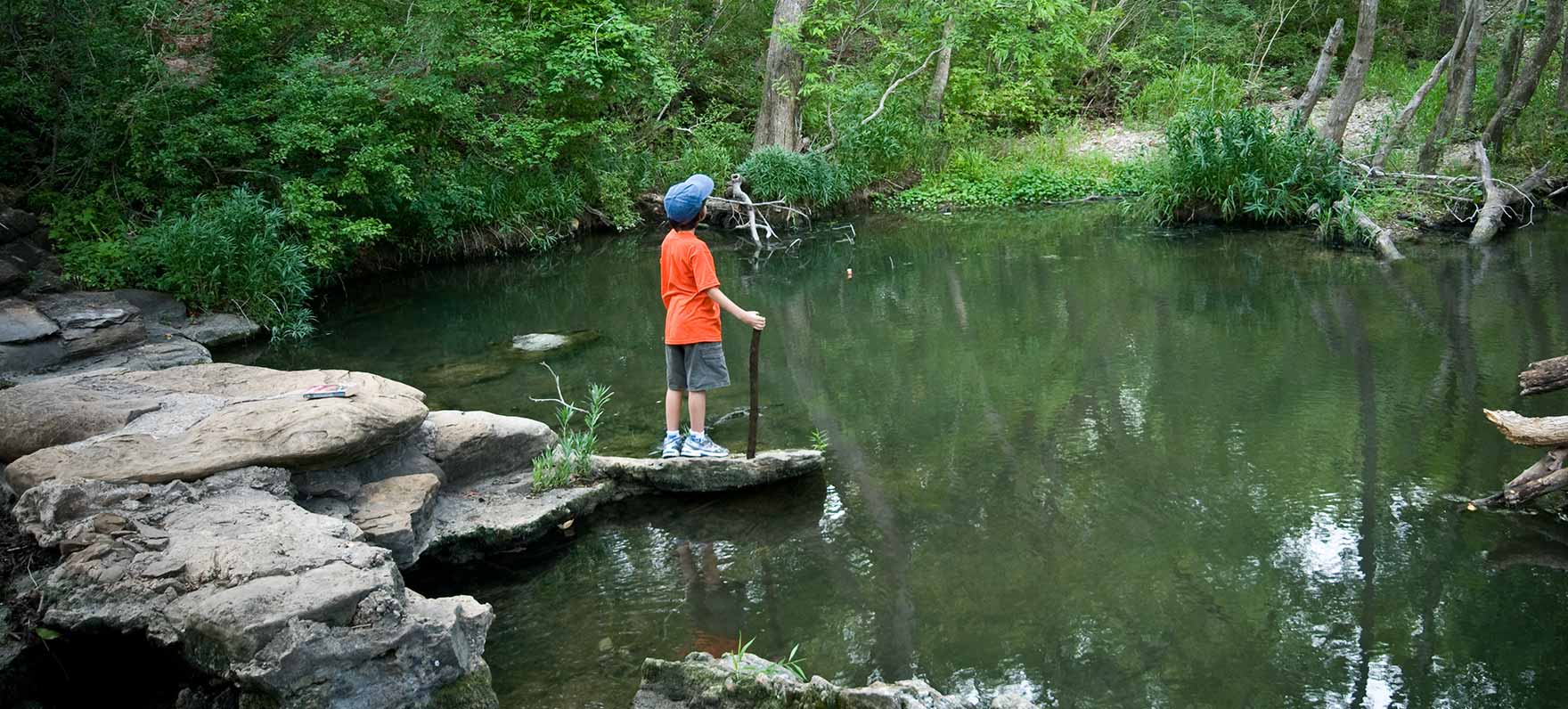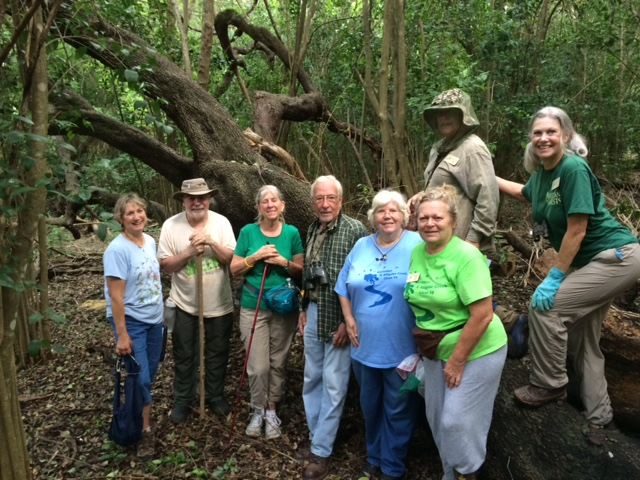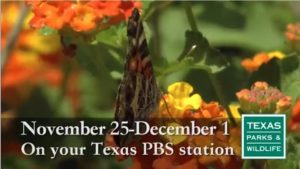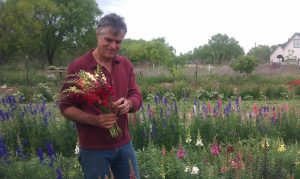Forest Bathing
Wednesday, December 25th, 2019This is Passport to Texas
An inspired Park Ranger at Lockhart State Park is introducing visitors to a Japanese practice called Shinrin yoku, or forest bathing.
Forest bathing is bathing in the forest atmosphere.
Lauren Hartwick first offered the program this past February.
So, we’re going to be soaking in the leaves and the trees and the sunshine and doing activities centered on your five senses. We’ll explore the sights of the forest the touches and smells of the forest and, at each of the stops, we’re going to have an activity to get us in tune deeper with the woods around us.
At each stop, a few minutes of guided meditation is followed by observation and quiet reflection without the noise, glare and distractions of modern life.
More and more research comes out every day that there are tons of benefits to spending time in nature. That forest bathing can reduce your blood pressure, lower stress, lift depression, etcetera, etcetera, etcetera
The practice has been gaining popularity around the world since the 1980’s.
I’m hoping that it continues to catch on and people start really becoming aware of all of the health benefits. People need nature to be happy and you can be your best self by spending some time regularly in nature.
Go to our website and check the calendar for this and dozens of interesting programs at state parks near you.
For Texas Parks and Wildlife, I’m Cecilia Nasti.







 Passport to Texas is a
Passport to Texas is a  Passport to Texas is made available by:
Passport to Texas is made available by: